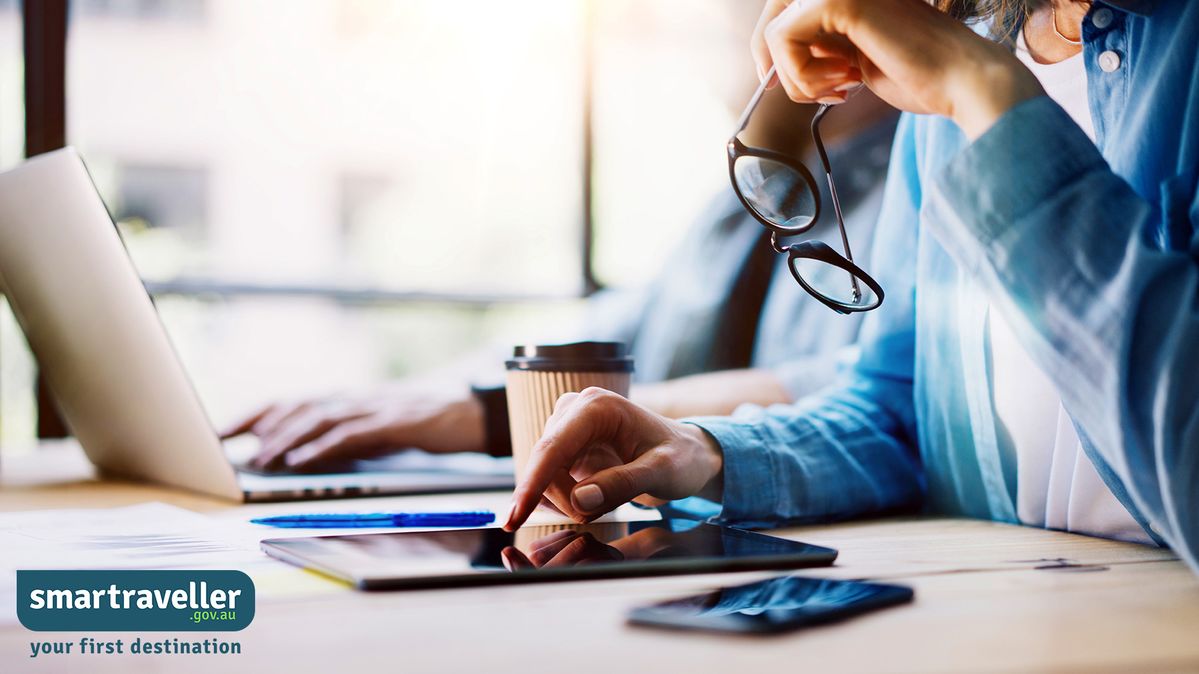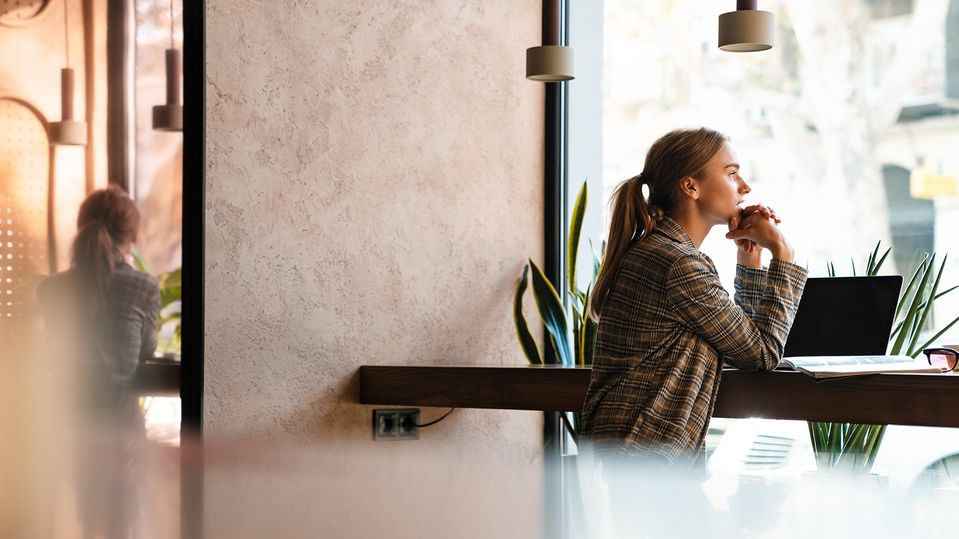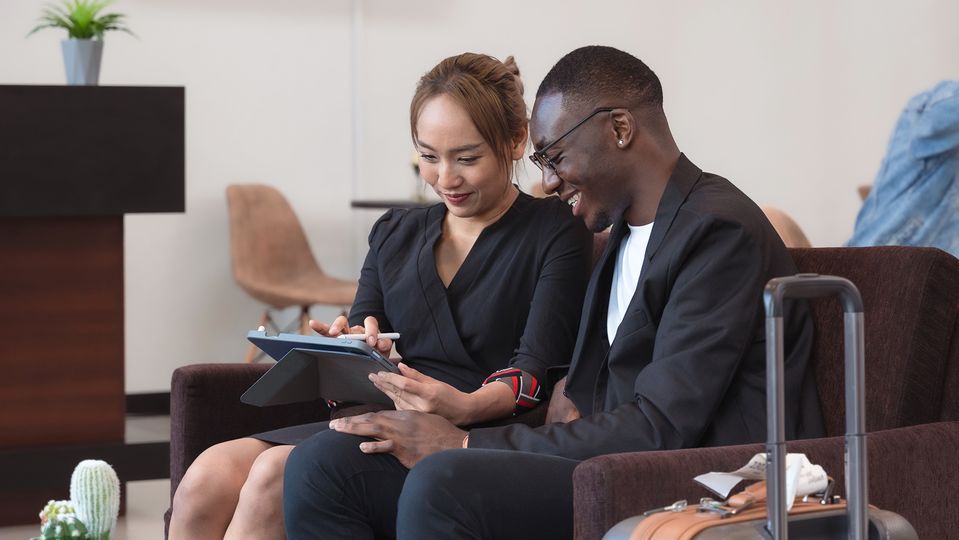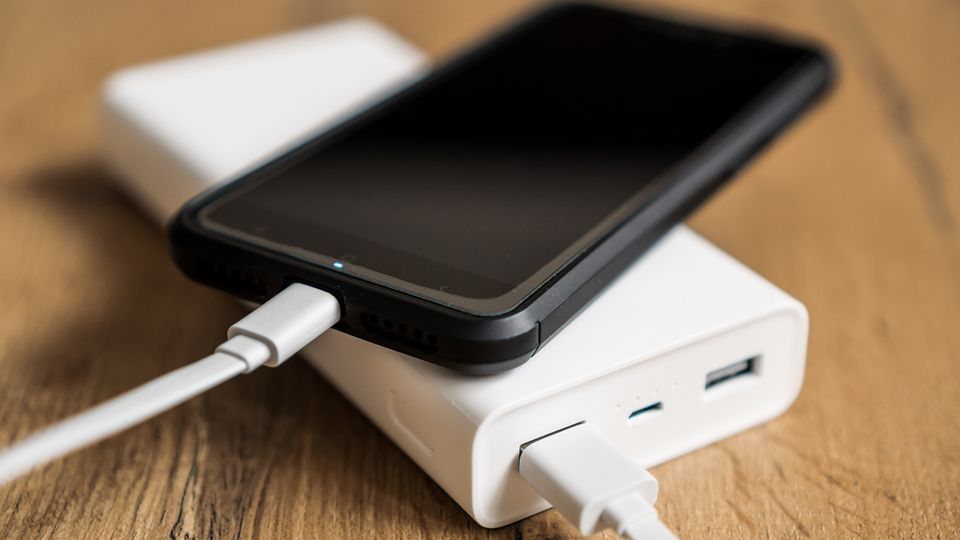How to stay cyber-safe while you’re travelling
Nine easy ways to secure your digital footprint and personal data on the road, according to Smartraveller.

‘Tickets, money, passport’ is a common mantra for travellers embarking on an overseas trip. Yet there’s another travel essential which shouldn’t be overlooked: cyber-security.
Whether a smartphone, laptop, smartwatch or any other high-tech gadget at your disposal, the financial and personal data on that device is a hot ticket item. As a result, tourists and business travellers are commonly targeted by thieves.
However, according to the Australian Government’s Smartraveller website – a leading authority and advisory on all things travel – it’s not hard to protect yourself, and a handful of quick changes, as simple as adjusting WiFi settings, instantly reduces your risk.
With this in mind, Smartraveller offers a detailed guide covering the ins and outs of cyber security on the road, both preventative and in the event things go awry. These are some of the essentials.
- Avoid using public WiFi networks
- Never leave gadgets unattended
- Enable passcode logins on start-up
- Backup your devices regularly
- Travel with your own power bank
- Turn devices off when using security checkpoints
- Consider using a second phone
- Don’t re-use your passwords
- Make Smartraveller your first destination
Avoid using public WiFi networks
As tempting as it can be to sign into free public WiFi networks at hotels, airports, cafes and train stations, doing so leaves data severely exposed. Instead, turn off any auto-joining settings on your phone and only access networks you 100% trust.
Going a step further, Smartraveller recommends using a VPN (virtual private network), which makes your connection more secure and harder for others to access your information. NordVPN, ExpressVPN and Surfshark are all solid options.
In addition, deactivate WiFi, Bluetooth and AirDrop when not required. Doing so has the added benefit of extending battery life.

Never leave gadgets unattended
It’s easy to get into the habit of briefly leaving your laptop unattended in the airport lounge or cafe. And while this might be considered relatively safe in Australia, that’s not always the case in other countries.
If in doubt, it’s best to keep your device with you at all times. By that same token, never pack devices in checked luggage, because once that bag rolls out of sight, there’s no telling who has access to it or if it will even arrive at your intended destination.
Enable passcode logins on start-up
Having a phone or laptop accessible without requiring a password/code is like leaving your front door wide open or car keys in the ignition. Smartraveller advocates the use of a strong password across all devices and applications, including social media.
Continuing this theme, setting up a two-factor authentication – that is, the need to enter a code that’s texted or emailed to you whenever signing in – is a good safeguard to ensure others can’t easily access your email, Facebook or other social media account.
Naturally, you need to consider an option you can access when overseas, otherwise you may find yourself locked out and unable to access important data when most needed.

Backup your devices regularly
This makes sense even when you’re not travelling, but it’s especially vital when you’re on the road.
Backing up your devices to the cloud or an external hard drive is a good safeguard against any potential data loss. Smartraveller says a last-minute backup should form part of your basic pre-travel checklist, with that copy remaining safe and sound at home.
As an additional precaution, activate the ‘Find My’ app on your Apple or Android device. This not only allows you to keep tabs on its location (handy if you leave it in an Uber or restaurant by mistake) but lets you remotely erase data and even deactivate or ‘brick’ the device, so it can’t be used without signing into your own iCloud or Google account.
If you do happen to get it back, you can simply restore erased data from your earlier backup.
Travel with your own power bank
Public charging stations (commonly seen in airports and train stations) are notorious for data skimming. And as tempting as they can be when you’re desperate, they’re best avoided.
Instead, if you’re planning to be away from the hotel for an extended period and your phone is likely going to need a juice up, consider travelling with your own power bank.

Turn devices off when using security checkpoints
An extension from the above, always turn off devices in your pockets or carry-on when going through airport security. This provides an added safeguard against malicious intent, making it harder for people to access or clone your device without your knowledge.
If you think it may have been compromised – skyrocketing data usage, repeated crashes and pop-ups that weren’t there before are telltale signs – switch to airplane mode ASAP to stop data transmission and run anti-malware/spyware checks immediately.
Consider using a second phone
Rather than putting your phone in harm’s way, invest in a second phone which is only used when travelling, or repurpose that older iPhone or Android model rattling around in your desk drawer.
You can easily pick up a local SIM card with data included or take advantage of an eSIM from the likes of Airalo, Nomad and aloSIM. And rather than signing into your main iCloud account, which would negate the benefits of this ‘travel phone’ entirely, create a separate account only used when you’re travelling.
Don’t re-use your passwords
Everyone is used to creating accounts when making purchases online, whether it’s through the likes of Amazon or buying tickets for an attraction or show when travelling. But as tempting as it can be to repeat the same password over and over, it’s never a good idea.
The reason for that is you don’t know what that third party’s security settings are like. If they experience a data breach, your email address and the password to access it may be swept up and stolen.
Make Smartraveller your first destination
Before you travel, always swing by Smartraveller for the latest advice, warnings and alerts, which run the gamut from basics including obtaining visa and insurance through to in-depth travel and cultural pointers on over 175 destinations.
Visit Smartraveller and subscribe for destination specific updates, and follow Smartraveller on Instagram, Facebook and X.